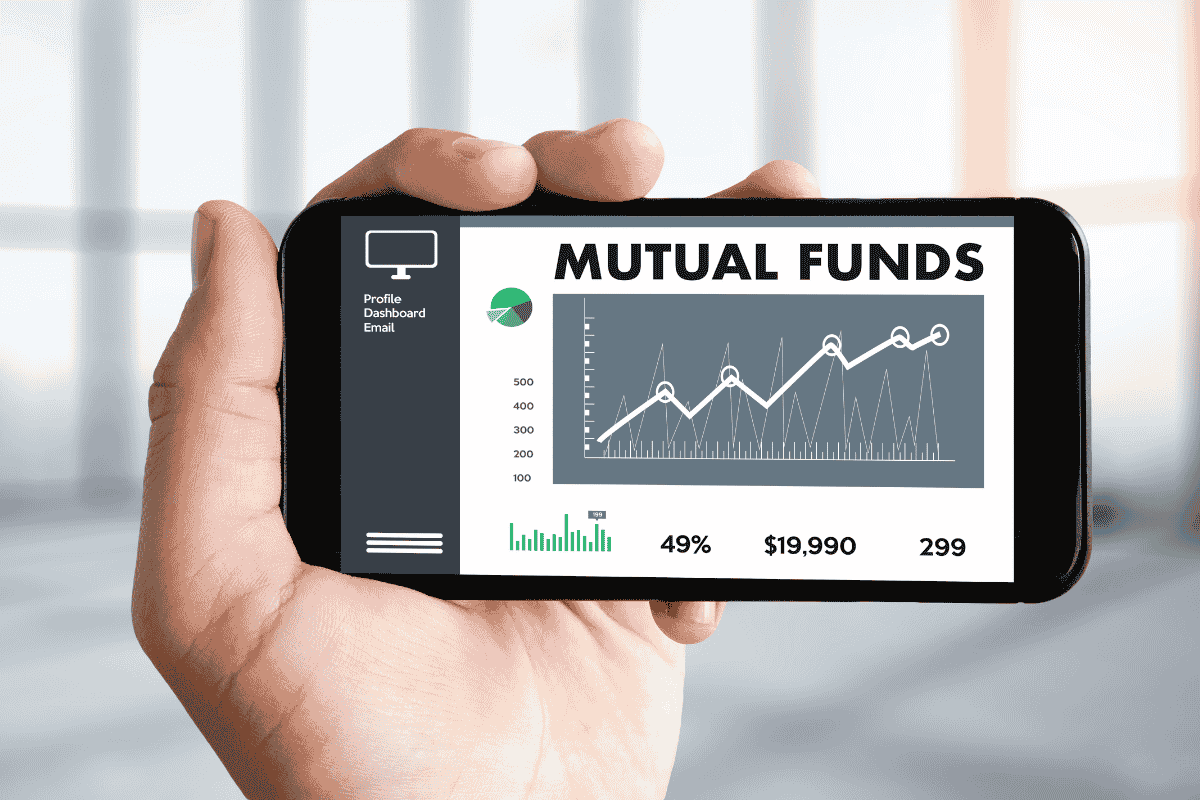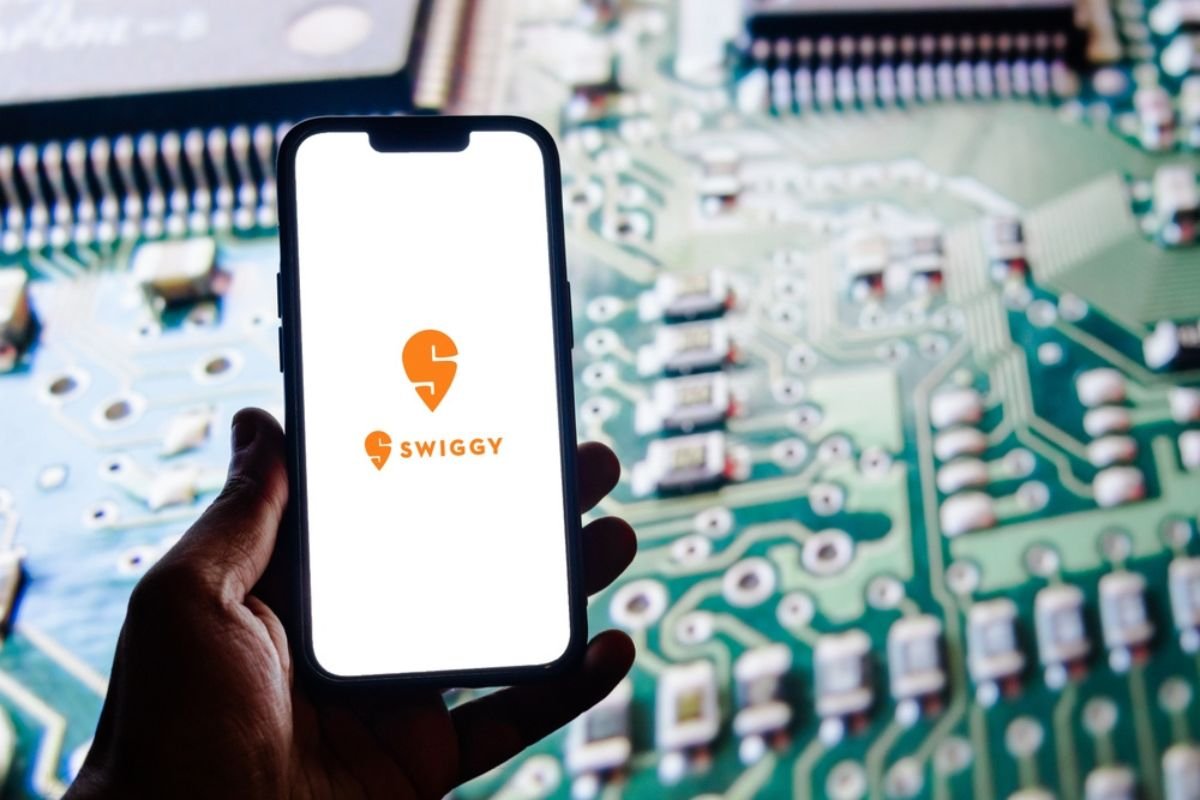Flipkart, a leader in India’s e-commerce sector, has officially entered the burgeoning quick commerce (Q-commerce) market. This move pits Flipkart against established players like Blinkit, Swiggy Instamart, and Zepto. With its vast network and logistics capabilities, Flipkart aims to disrupt the market by offering hyper-fast delivery services.
Understanding Quick Commerce
Quick commerce (Q-commerce) is a delivery model focusing on ultra-fast delivery—often within 10-30 minutes. It caters to time-sensitive consumers who need groceries, essentials, or ready-to-eat products delivered almost instantly.
Why Flipkart Entered the Q-Commerce Market
Key Market Insights
- Rising Demand: India’s quick commerce market has grown exponentially, driven by urbanization and convenience-oriented lifestyles.
- Market Value: The Q-commerce sector in India is projected to reach $5 billion by 2025, growing at a CAGR of 27%.
- Competition: Key players like Blinkit, Zepto, and Swiggy Instamart have established themselves, but the market still has room for new entrants with innovative models.
Flipkart’s Strengths
- Logistics Expertise: Leveraging its existing infrastructure.
- Wide Customer Base: Access to millions of active users.
- Investment Capacity: Backed by Walmart, Flipkart can invest in technology, warehousing, and delivery mechanisms.
Flipkart’s Strategy to Dominate Q-Commerce
Delivery Model
Flipkart is launching its Q-commerce service in select metro cities, focusing on densely populated neighborhoods to ensure speedy delivery.
Product Range
- Essentials: Groceries, household items, and personal care.
- Value-Added Services: Discounts, subscription models, and exclusive deals.
Tech Integration
Flipkart will use advanced AI for:
- Predicting demand.
- Optimizing delivery routes.
- Managing inventory efficiently.
How Flipkart Stands Out from the Competition
| Feature | Flipkart | Blinkit | Swiggy Instamart | Zepto |
| Delivery Speed | 30 minutes | 10-20 minutes | 15-30 minutes | 10-20 minutes |
| Product Range | Diverse | Focused on essentials | Grocery-focused | Grocery-focused |
| Customer Reach | Pan-India presence | Limited to metros | Limited to metros | Limited to metros |
| Tech Infrastructure | Advanced AI | Moderate | Advanced | Moderate |
Challenges Flipkart May Face
- Operational Costs: Rapid delivery requires significant investment in warehousing and logistics.
- Customer Retention: Competitors have an established loyal user base.
- Delivery Ecosystem: Building a robust last-mile delivery network in congested cities.
What Does This Mean for Consumers?
- Improved Service Options: Consumers will benefit from competitive pricing and faster deliveries.
- More Choices: A broader product range with high-quality standards.
- Localized Offers: Flipkart’s entry might lead to hyper-local discounts in select areas.
Flipkart’s entry into the Q-commerce sector is a strategic move that could redefine hyperlocal delivery in India. With its robust logistics network, technological advancements, and customer-centric approach, Flipkart aims to establish itself as a formidable player in this competitive market.






